Bulk density of almond on the market
What you are reading in this article ...
Bulk density of almond characteristics Purchasing first-rate bulk density of almond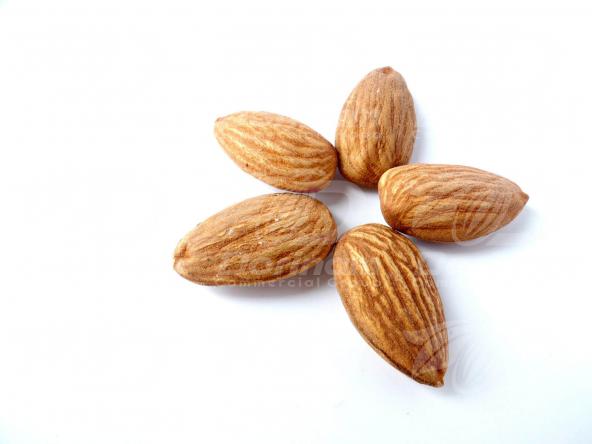
In the 16th century, the Portuguese brought the seed with them to India and some African countries. Today, India, Tanzania, Mozambique, Nigeria and Brazil are major producers of almonds, raw almond kernels are processed without any additives. That’s why peeled and dried almonds are marketed.For bulk density of almond from Iran, you can refer to dried nuts products stores.

Bulk density of almond characteristics

What is Variation of true density of almond nuts ?Due to the large number of fatty acids, it acts as a laxative. And because of the same ingredients, if used on the skin, it can help soften dry skin and relieve damaged mucous membranes. High cholesterol, recent studies have shown that daily consumption of raw almonds in patients with high cholesterol for 4 to 9 weeks is possible. Reduce total cholesterol and lower bad cholesterol (low-density lipoprotein or LDL). But almonds don’t seem to improve good cholesterol (high-density lipoprotein or HDL) or blood lipids (triglycerides).Skin Injuries Caused by Cancer Radiation Therapies Recent studies have shown that topical use of almond ointment on the skin in women with breast cancer cannot protect the skin from radiation-induced injuries.
Exports of almonds with skin and almonds without skin in 2017 were about $ 6.3 billion, and overall reports show that the value of almond exports has increased by nearly 2.4 percent compared to 2013. At the time, the value of almond exports was reported at $ 1.6 billion. In 2017, North America accounted for 69.3 percent – two-thirds – of total almond exports, or $ 4.3 billion, according to Trade News. Europe’s share of almond exports was 17.2 percent and Asia’s was 6.7 percent. The Pacific Ocean, especially Australia, accounted for 5.6 percent of almond exports in 2017.
Purchasing first-rate bulk density of almond
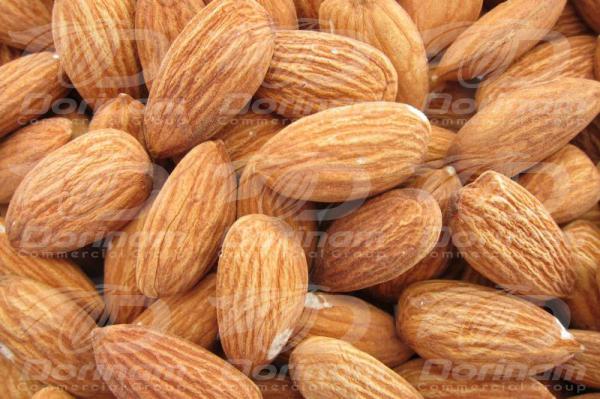
What do you know about Density of Nuts? The United States, Argentina, Sudan, Senegal and Brazil are major producers and exporters of peanuts. These five countries account for 71% of the world’s total peanut exports. In recent years, the United States has become the largest exporter of peanuts. The European Economic Union (EEC), Canada and Japan are the main importers of the product, accounting for 78% of the world’s peanut imports.
Although India and China are the world’s largest producers of peanuts, their products are consumed domestically in the form of peanut oil, so they have a small share of the global market. Peanut exports from China and India account for less than 4% of world trade.
Ninety percent of India’s peanut products are converted to oil, and only a small amount of high-quality, hand-picked peanuts are exported. India has banned the import of any vegetable oil, including peanut oil. The European Union is the largest consumer of peanuts, which does not produce the product itself. All its consumption needs are produced through supplies. Peanuts are mostly eaten in the European Union (mostly in the form of fried peanuts and peeled peanuts used in confectionery and bread products).
The average annual import of peanuts is less than half of US consumption, with Singapore, Taiwan, Malaysia, Hong Kong, China and Canada being the main suppliers. The main suppliers of peanut imports are Argentina and Canada. Most of Canada’s peanut dough is made from Chinese peanuts. Peanut paste is imported from Argentina as a dough-like material that needs to be processed more in the United States. Malawi, China, India and Singapore are smaller suppliers of peanut paste.




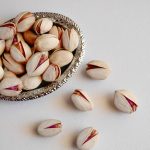
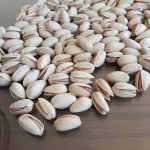

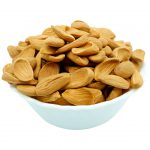




 NUTEXCO HEAD OFFICE
NUTEXCO HEAD OFFICE Te
Te Email:
Email: